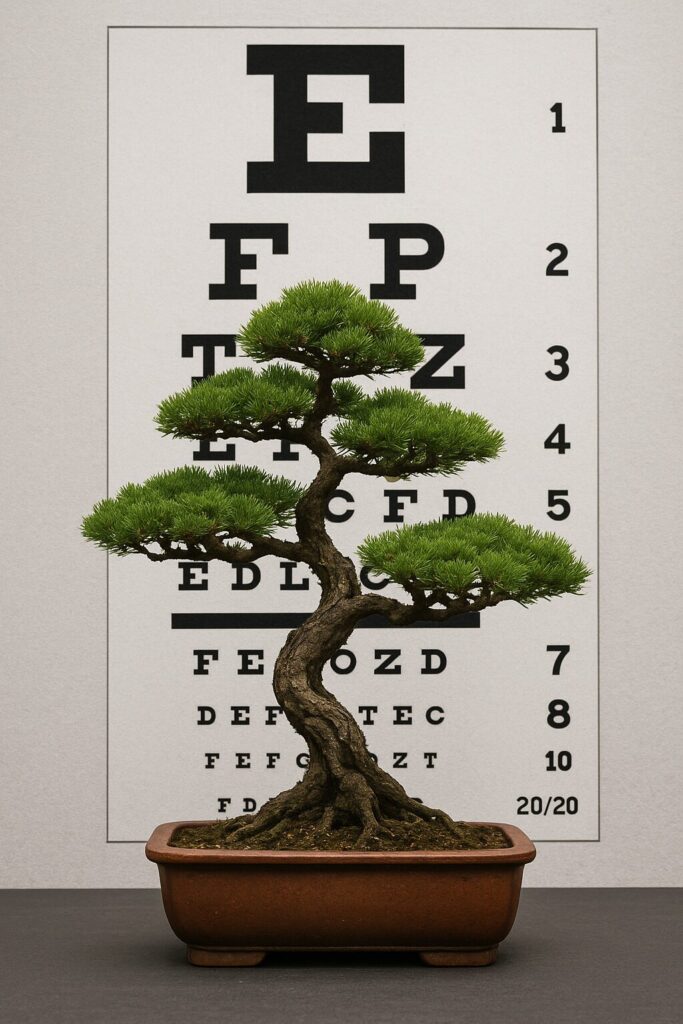
Imagine when looking at a bonsai tree you are at the eye doctor. Instead of an eye chart you look at a branch and ask ‘which is better, the branch as is,’ then cover the branch and say ‘or this?’ In doing so your bonsai vision might be 20/20. But that is not the bonsai vision under consideration today. Rather let’s discuss artistic bonsai vision. That is the approach to develop a tree to tell a story.
Artistic vision uses our unique memory to perceive and interpret the world. With this view one applies the creative process to shape a tree into an artistic work. The resulting artwork tells some sort of story. What story to tell though is where the creative aspects appear.
Craft-based bonsai didacticism entails a basic approach to bonsai vision. Bonsai aficionados use the rules-based system to create clonal-type trees; the dreaded helmet on a stick. While it takes some vision to create the helmet on a stick it does not necessarily go as far as it can as didacticism prioritizes instruction and moral lessons (bonsai rules) over pure visionary expression. These rules do not necessarily tell a story but design a tree to some argot espoused by the alleged learned ones.
To further develop bonsai vision one can use the tree to effect self-discovery. One must explore their own perspectives and beliefs to develop a unique artistic vision. Whether it is the concept of grief, science, mythology or whatever emotional construct taken from the mind of the artist the application to tree stying can tell a story.
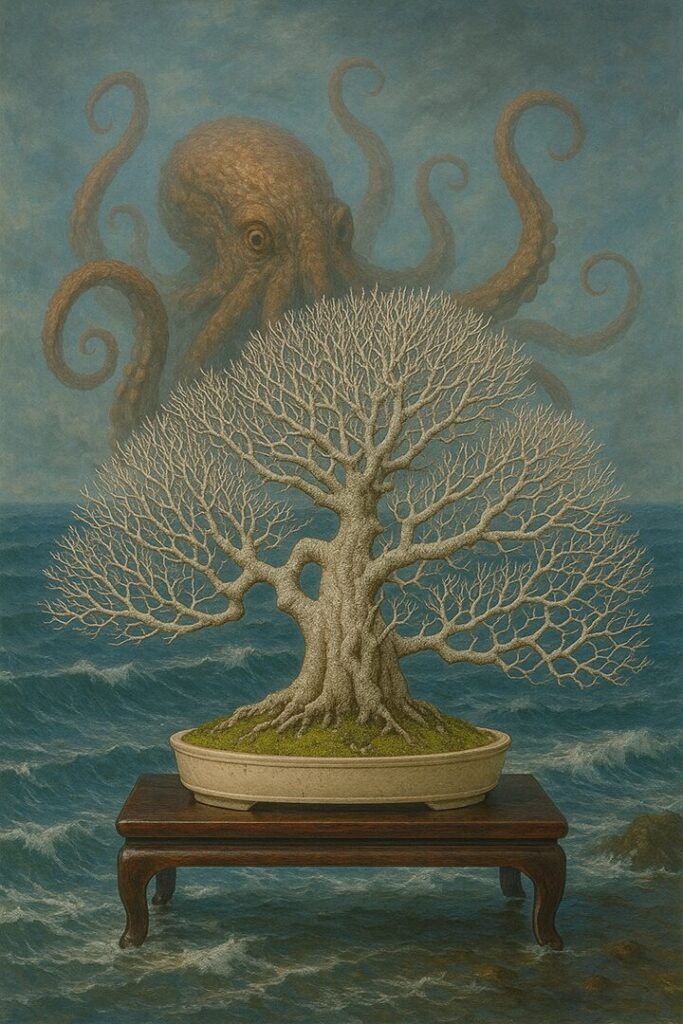
The next mode entails transcending reality. So many bonsai artists look to nature for inspiration for bonsai design. Fine, but don’t stop there. Who cares if the bonsai looks natural like a real tree in the woods somewhere. Use the power of your mind to explore expanded states of consciousness and offer a broader perspective on the world. Go beyond what one sees in nature to effect truly phantasmagoric design. An example is the Cosmic style of Laurent Darrieux, of France. This style tries to imagine trees growing on an alien planet. Min Hsaun Lo of Taiwan has also escaped the bounds of the general bonsai rules to create trees with movement and line that tell of times long gone or yet to come and lead to one pondering the realm of the infinite possible.
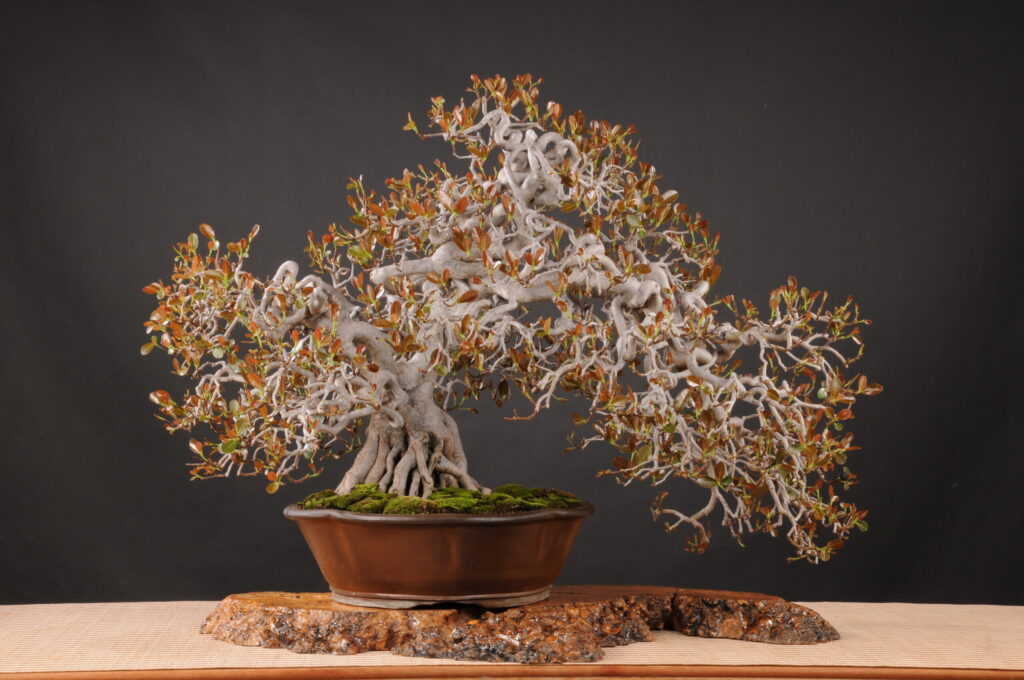
Think outside the pot by using all kinds to containers not traditionally employed for bonsai. For example the Artifact style uses detritus of society to create statements of the human condition. Doug Marcum, of Florida, uses his ceramic skill to make containers totally unlike the traditional Asian style pots. He replicates in weather-ready ceramic all kinds of shapes such the Roman coliseum, automobile license plates and more.
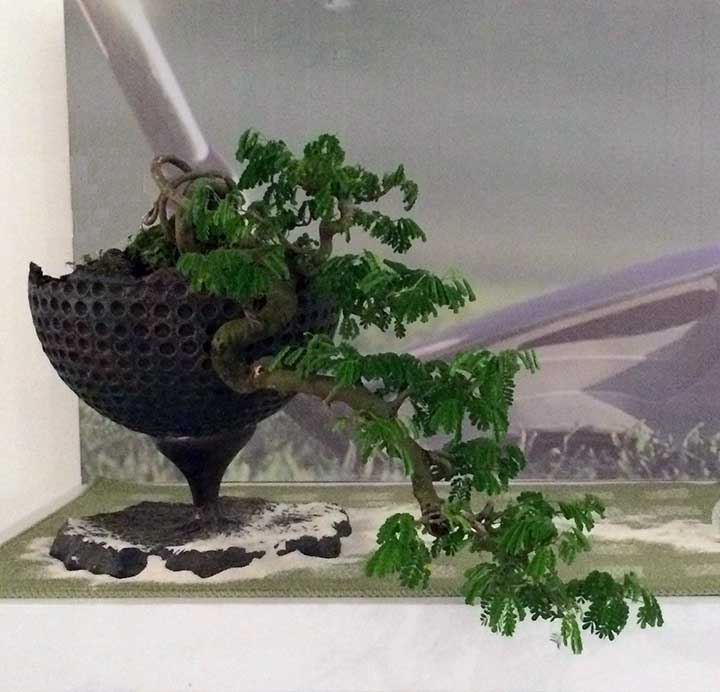
However to make truly visionary art one has to go beyond the physical world to explore the multi-dimensions of being and human understanding. Few artists have achieved this level of being with bonsai trees. One reason is bonsai artists are stuck in the craft-based process mentioned above. Second, trees have biological limits – a trunk, roots, branches, leaves, etc. Yet if one can go beyond the rules and question every aspect of bonsai then it is possible to express multi-dimensional concepts. Genetic engineering might be a way to accomplish this. That is a topic for discussion at a later date. Fusing multiple technologies into bonsai creation can create innovative paths to human understanding. For example, take a tree’s defect and convert into a feature (the old Microsoft software bug trick) by merging a different technology other than horticulture. This can enable the escape from reality to the imagined.
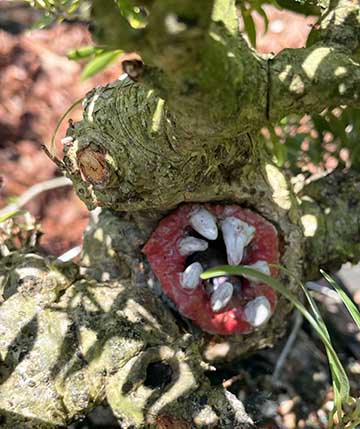
As another example, perhaps grow trees with a goal to euthanize them for artistic permanence. The sacrifice may be the ultimate one.
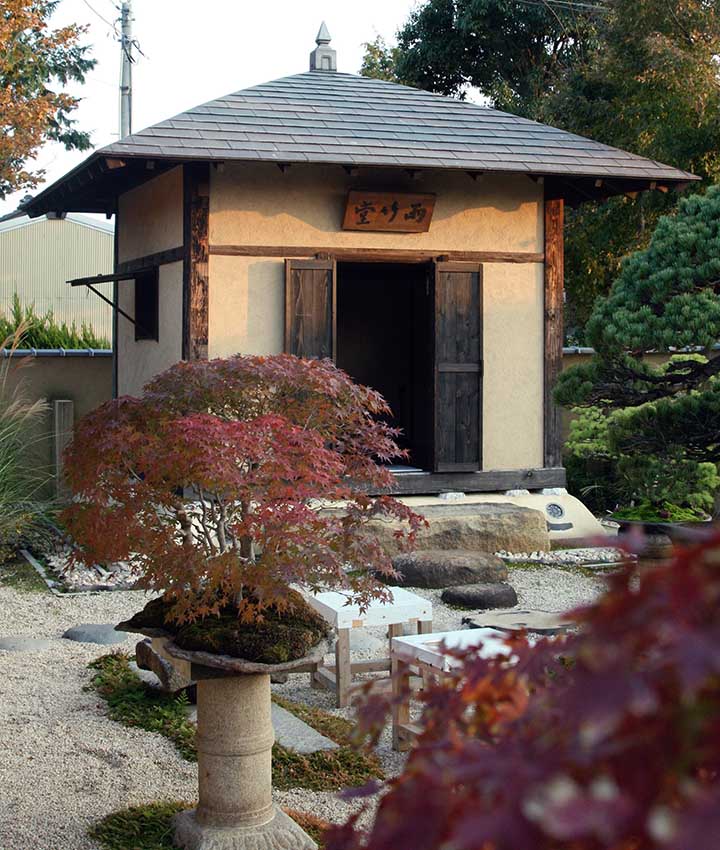
Fuse bonsai with other art forms. These other art forms can be both physical and non-physical. Ponder that if you can.
Since trees have physical limits then another means to expand the dimensionality of bonsai is through display. In the February Kempinski Korner I mentioned the continuum of bonsai display. Go the far right of that continuum. To tell the story a display needs a theme and sense of adventure Just adding a few knick knacks to a display doesn’t really capture the multi-dimensional nature of reality. Be bold and creative.
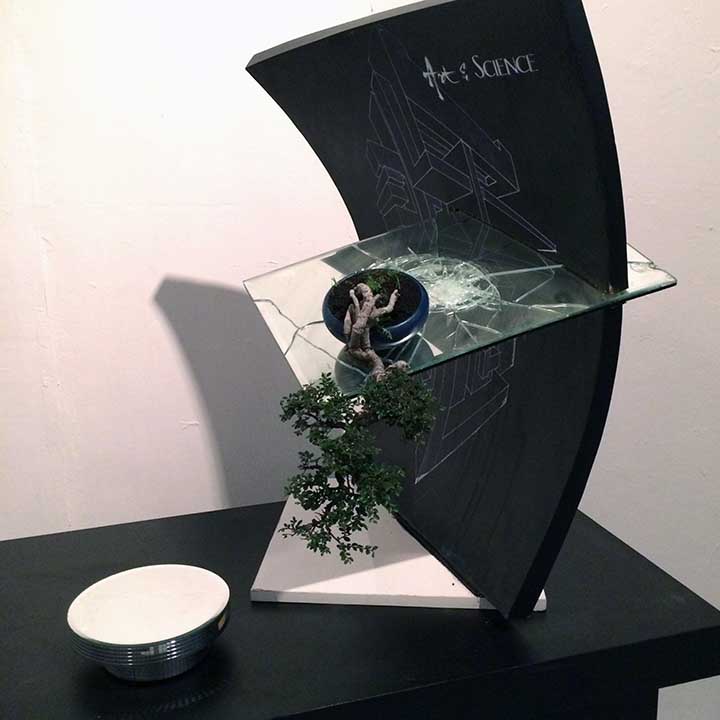
Keep in mind the perceived story will depend on both the artists intent but also the viewer’s referential sphere and experiences. Connecting to this emotional cognition makes the bonsai relevant in our modern society.
The best part though is at the BSF 2025 Convention in Orlando over Memorial Day weekend you can see first hand the visionary art of bonsai artists via their creative displays. Don’t miss this chance to see the world of bonsai in a whole new innovative light.
https://bonsai-bsf.com/about-bsf-conventions/
